Today, I am reviewing the Andreas Eastman EAS640 gold lacquered alto saxophone. This is another great saxophone that is manufactured in Taiwan. I had never heard of Eastman saxophones until a couple of months ago when I received an email asking me if I would be willing to review them.
Andreas Eastman EAS640 Alto Saxophone
Eastman Musical Instrument company started out with violins, then evolved into a full string line. They next added brass instruments, bought the Haynes Flute Company, and are now expanding to include saxophones. Here is a quote from Roger Greenberg who is helping to develop these saxophones:
“Our priority with these saxophones is to capture the best of some of the great vintage horns and combine these features with modern technology, etc. to make the finest horn possible in all aspects including response, sound, intonation, ergonomics and construction. I’m feeling very good about these new horns. We have two very different models, one more traditional in sound and response, and the other more adventurous with rolled tone holes and an amazing response combined with a huge sound.”
This Eastman alto saxophone is a gorgeous gold lacquered sax with detailed engraving on the bell and neck. It has a high F# key on it and the key work is ergonomically smooth and efficient. It doesn’t have rolled tone holes like the tenor I recently reviewed. I have to add that the case it came in was one of the coolest cases I have seen for an alto sax. It is shiny black and is closely wrapped around the body of the sax. I think it’s the smallest case I’ve seen. When I first opened the box, I thought they had sent me a curved soprano by accident. I can’t vouch for how protective it is but it is pretty cool looking.
The key work was great and I felt like I could get around the horn well. I have a history of tendonitis so I prefer a pretty light spring tension on my saxophones. I found the spring tension to be a bit too strong for me but that can be adjusted by any competent repair person. The bottom Bb table of keys was a bit hard for me to get around but that is due to the stronger spring tension. The placement of the keys and the mechanism looked fine. It had resonators that were metal with rivets in the middle. I’ve heard a few repair techs say these aren’t the best resonators but I’ll leave that discussion for another day as everyone has different opinions on resonators. (Especially sax repair people)
The tone of this saxophone was bright and clear sounding. The scale was very even up and down the range of the sax. I really liked the upper range of this sax. The notes really sung out and the intonation (which I will talk about next) made it really easy to play.
The first thing I check when I try a saxophone is the intonation. I tune the middle B and then see how the octave B tunes in comparison. If the high B is sharp or out of whack I usually just put the sax back in it’s case and move on. The octaves were great on this sax. The intonation was as good as I have seen on any modern alto saxophone. The octaves were in tune and the high notes weren’t sharp at all. I really enjoyed playing this saxophone.
I played an Ishimori Woodstone hard rubber mouthpiece on it with a Woodstone #3 reed. The sax played well with this setup and felt pretty close to the resistance I get with my Selmer Reference 54 that I play most often. It wasn’t as fat sounding as my Reference but I believe it was a little bit brighter and more focused sounding.
The true test is to play the sax with music and this saxophone passed that test. I played it with a couple of recordings and it was easy to play in tune at louder and softer volumes. The tone was very flexible and felt like I could play with it while still staying in tune. When I played at 95% volume it still kept the same tone and I didn’t feel like I could out blow it.
I have provided a video clip below so you can see and hear the sax for yourself. Anyone can write great reviews about a sax but the true test is to see and hear it for yourself. The final test is for you to play it yourself.
If you are interested in a Andreas Eastman saxophone you can click on http://www.eastmanmusiccompany.com/ . I am told that the saxophones aren’t on there yet but they are in the process of redesigning their site to include them. Let me know what you think in the comments below. Thanks, Steve
Andreas Eastman EAS640 Alto Saxophone
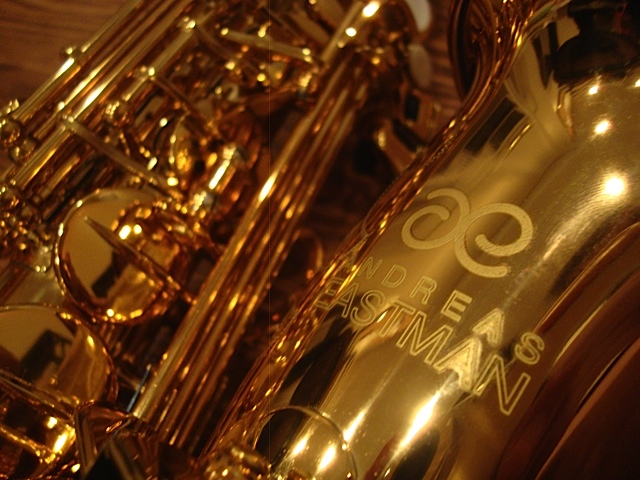


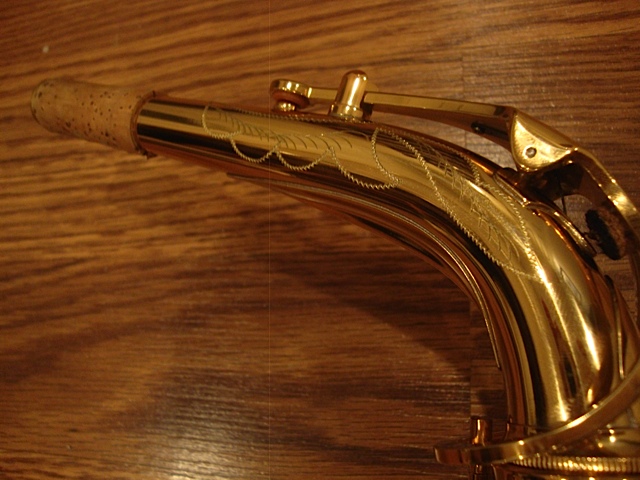
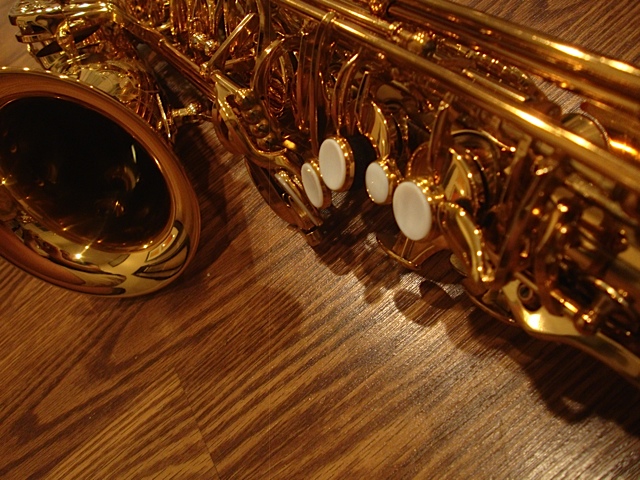
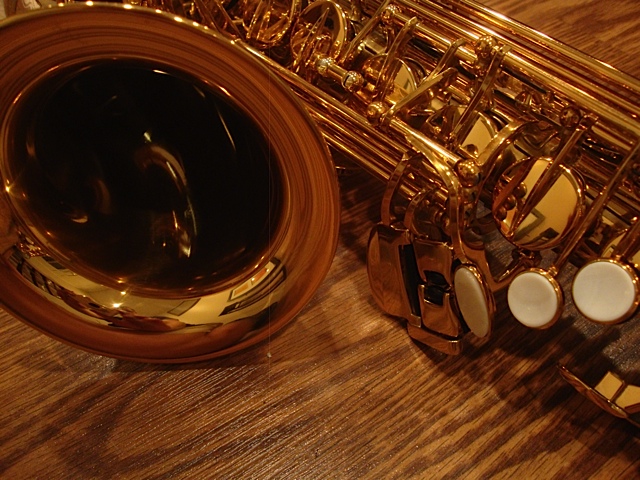
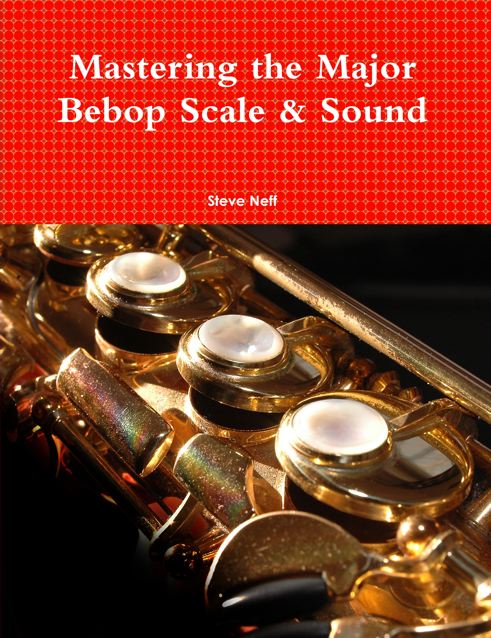


Just letting you know that Eastman has already made the decision to upgrade the resonators.
Hi Steve
You say that you don´t change anything on your embrochure when you push the octave key. I tried that with my Yamaha Custom alto sax, and really got scared! If I don´t change anything, I mean anything, not even a little thing, on my embrochure, what I got when I push the octave key is a tremendous flat note, more than 37c. The tunner even tries to go to the next note. I did the same with my soprano and tenor, which are pretty good horns too, and the same happened. I have the mouthpiece very “in”, in the cork, so I´m not bitting the mp eather.
Could you give me a hint on this?
Thanks!
You have to push more air and focus it in order to raise the pitch. Clamping down on the reed will only muffle the harmonics and fullness in your tone.
Hey Steve,
I was just curious as to what brand/model your main alto that you use is?
Thanks!
Renee
Renee, I use a Selmer Reference 54 alto saxophone. I used to play a Couf alto sax back when I was in high school and college but ended up selling it when I switched to tenor sax. (That was stupid) Later I wanted another alto sax and I tried old Couf’s, Yamahas, Yanigasawas, different Selmer’s and some other brands. One day I played this Reference and I knew it was the one for me. I’m always on the lookout for something better but so far the Reference is a good fit for me. Steve
I played cannonball horns for many years and made the switch to my Eastman 52nd street alto this year and I couldn’t be happier – I don’t see myself buying a new horn for a long long time. Everything about this horn is amazing – the action, the key placements and great ergonomic feel, the tone and the big sound I get is killer! They did a great job engineering this horn and I would recommend it to all of the professional horn players out there to try! Kudos to the Eastman team, job well done!
and just for reference…I play a dukoff metal mouthpiece and vandoren java reeds
If you have a chance, try the 52nd Street model. I have one and I love it. The local dealer was selling off his instruments due to focusing primarily on instrument repair and I just couldn’t resist buying it for the price he offered. Anyhow, I thought this horn was more resonant, vibrant, fuller, and darker (warmer) sounding than the other Eastman saxes I tried and the bigger bell helps to produce a bigger sound. The 52nd Street is unlacquered. I’m not sure how much being unlacquered influences the sound or quality of sound or timbre, but I like the sound and just went with it.
Yes. I agree with Dan & Sheryl. I have a Cannonball Raven, but just tried an Eastman 52nd Street unlacquered and played it with 2 metal mouthpieces that I own. It sounded best with my Dukoff D8. My Jodyjazz Superjet 7 works best with my Raven alto.
Of the two combinations, I prefer the Eastman 52nd Street w/Dukoff D8.
How much should someone pay for Andrea’s Eastman Sax that is 5 years old?